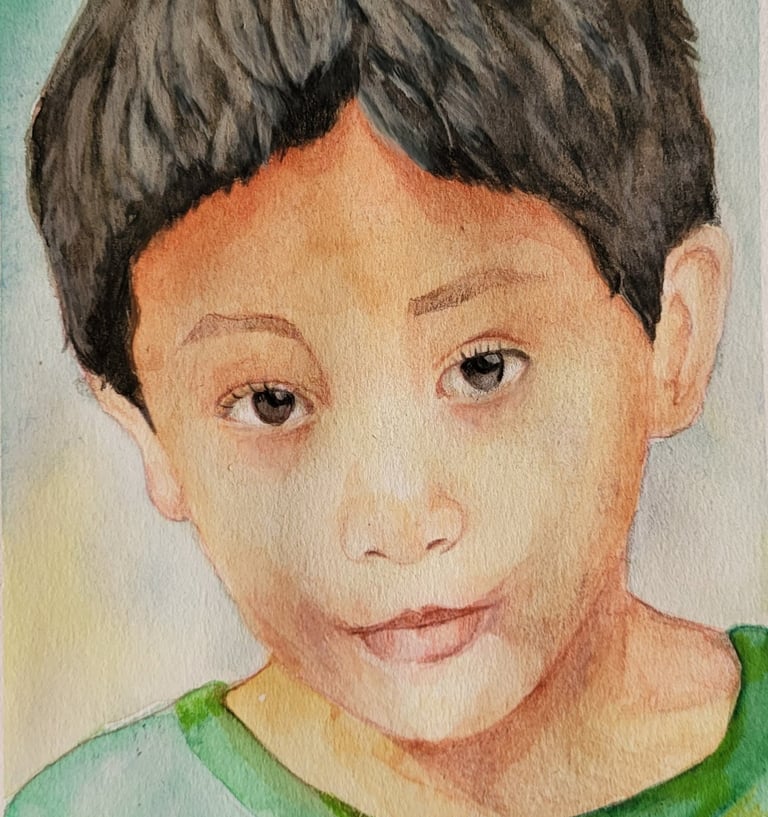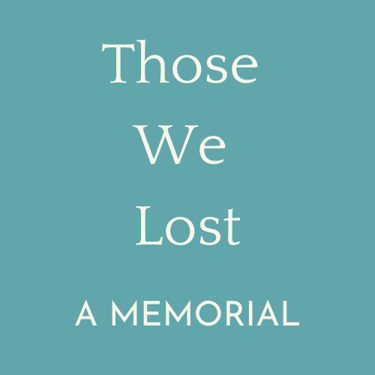San Niño
San Niño was killed by a stray bullet during a failed anti-drug operation in his neighbourhood. The police denied the operation and his father Wilson paid a terrible price for seeking the truth.
CHILDRENTHE POOR
3/23/20253 min read


How does a parent make sense of their child’s life being taken violently?
Wilson and Marilou Batucan knew the moment they lost their son that the reason for his death would always be in the murky space where systemic corruption and disdain for human rights, paired with the frightening heartlessness of the president and the increasing callousness of the public, dwelled.
The evening of 3 December 2016 that unfolded in the Batucan home in Cansaga, Consolacion in northern Cebu was a typical one. It was just after 8 P.M., and their son San Niño was lying on the floor, watching television.
Wilson, a barangay tanod (village watchman), was just heading towards the village hall when he spotted a man—a known police asset—a few metres from his house, telling someone on his phone that their target was there.
Wilson then saw four masked men on two motorbikes drive up the road. Their target, a suspected drug dealer, started running when he spotted them. The men gave chase while opening fire.
Wilson rushed back into his house. Seconds after the gunshots rang out, San Niño cried out in pain, clutching his belly. Wilson lifted his son’s shirt and saw the bullet hole in his stomach from which blood was oozing. He took San Niño in his arms and flagged down a motorbike. The first hospital to which he took his son wasn’t equipped to handle gunshot wounds, so they put San Niño in an ambulance that would take him to the second nearest hospital.
In the ambulance, San Niño kept telling his father that he was in a lot of pain. By the time he was laid on the operating table, he had stopped breathing.
San Niño was the thirteenth of 15 children. He was a happy, friendly boy who was always helping his mother in the little outdoor shop that she kept in front of their house. He would ask customers what they wanted and help set up the goods that his mother brought home from the market. During his wake, many children—friends and classmates—turned up.
In the aftermath of San Niño’s death, his parents desperately sought answers, but all they got from the authorities were denials. The police denied that there was an anti-drug operation that evening. Consolacion police chief Senior Inspector William Homoc added that he never allowed his policemen to wear bonnets during an operation, referring to Wilson’s and Marilou’s statements about the masked men on motorbikes.
The police never investigated the case properly and failed to even find the slug that one of Wilson’s sons easily spotted in the wall of their house.
Wilson asked the National Bureau of Investigation (NBI) to look into San Niño’s case. Eventually, he told Marilou that he found out which cop was responsible for San Niño’s death. He refused to tell her the cop’s name, however, as he didn’t want to put her in danger.
After some time, he realised that seeking the truth when those in power kept twisting it would cost his family too much. He decided to keep quiet and stopped cooperating with the NBI.
At one point, a man on a motorbike stopped him and offered him money in exchange for not filing a case against the police. Wilson refused the offer but assured the man that he wasn’t filing a case against anyone.
His word wasn’t enough for them though. On 28 March 2017, just as Wilson was parking his motorbike near his house, a man on a motorbike shot him in the head and the chest.
Just as in San Niño’s case, the police denied any responsibility for Wilson’s murder, dismissing it as most likely having been committed by a drug dealer threatened by what Wilson knew.
San Niño was eight. Wilson was fifty.
Sources:
